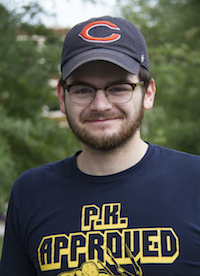
by Ryan Hiles
When a class is named something as broad as “Humanities,” it’s perfectly natural to wonder what in the galaxy of possible topics the class might actually be covering. So I suppose it makes sense that what our class has been focused on is actually one of the more broadly-pondered subjects in human history: the afterlife. Or more specifically, versions of the afterlife that have existed throughout history. Even more specifically, we’ve spent the first half of camp mostly studying ancient civilizations (Egyptians, Romans, Greeks, etc.) and what they understood to be the journey of the soul through the afterlife.
For our section on ancient Egypt, we read The Epic of Gilgamesh and made Canopic jars in which to stuff our pre-mummified organs. Then we traveled over to Greece to learn about Plato and the Allegory of the Cave, which happened to produce some of the more unintentionally hilarious diagrams of caves ever produced. We also read portions of Homer’s Odyssey to get a taste of Greek storytelling. Toward the end of the week, we moved to Rome to look at Virgil’s Aeneid.
As I write on Tuesday evening, we’ve just returned from the first of three field trips. For this first trip, we visited Saint Meinrad, a Benedictine Monastery located in the bustling metropolis of Spencer County, Indiana. Besides taking in genuinely gorgeous views, we learned about the daily life of monks in the 21st century and had the opportunity to observe, up close, a segment of society that has necessarily withdrawn itself from modern living.
